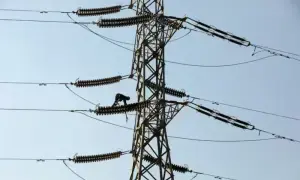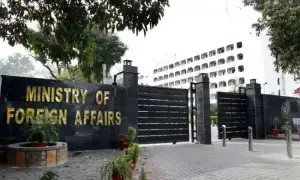STARTING in the next few days, the increase in the evacuation of wind power from 36 projects in Jhimpir and Gharo in Sindh, after nearly four months, should help somewhat reduce the overall average generation cost next month. Nonetheless, transmission constraints in evacuating electricity from the southern region — Sindh and Balochistan — to the northern areas — Punjab and beyond — mean that the wind power projects will still not be able to despatch more than 75pc of their installed capacity of 1,835 MW to the national grid in the immediate term. The share of wind power in national despatches has thus remained nominal since November, because the transmission lines that evacuate electricity from these projects are currently ‘choked’ thanks to the preference given to coal and nuclear power due to their lower tariff rates. This is so despite the stipulation in the Policy for Development of Renewable Energy for Power Generation, 2006, that the sole state-backed buyer of electricity would evacuate the entire production of wind-power projects. Consequently, the share of wind power in the national energy mix in December was recorded by Nepra at 2.5pc, against its share of 4.5pc in the installed generation capacity.
Pakistan has tremendous potential to generate solar and wind power, according to a World Bank study. For example, the utilisation of just 0.071pc of the country’s area for solar power generation would meet our current electricity demand. Likewise, wind is also an abundant resource. Pakistan has several well-known wind corridors. Yet the share of solar and wind power in its energy mix remains far below potential, in spite of the multiple benefits the economy could accrue. Instead, lower-than-required investment in renewable wind and solar power, due to policy inconsistencies and policymakers’ bias towards fossil fuels, means that the incremental energy demand in the last two decades has mostly been met with expensive imports. No wonder the share of imported fuels in the energy mix has swelled from 29pc in 2006 to 49pc in 2021, making electricity unaffordable for residential and industrial consumers, and leading to the accumulation of an unsustainable, massive power sector debt of close to Rs3tr. The elimination of imported fuels from the national energy mix is not possible immediately. But investment in solar, wind and other renewable energy sources can help us achieve energy security and make power affordable for consumers.
Published in Dawn, February 28th, 2023































